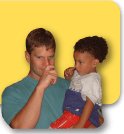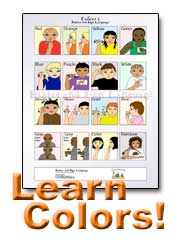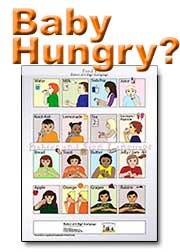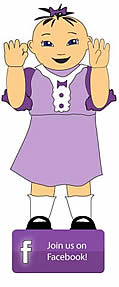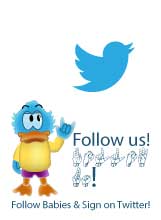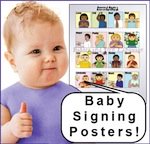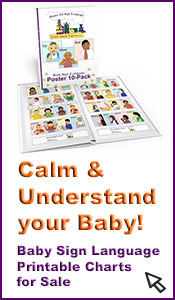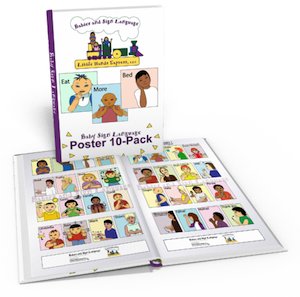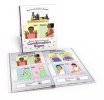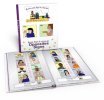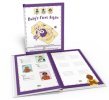Auslan: Australian Sign Language
When sign language was first introduced to Australia, the Deaf community took much of its parameters from BSL. For instance, BSL uses a two-handed manual alphabet and Auslan uses a similar alphabet. However, Catholic schools for the Deaf (established by Irish nuns) used a one-handed manual alphabet. The one-handed alphabet is now seen rarely in Australia, inside schools or out.
Here is a link showing the Auslan two-handed alphabet: Auslan Two-Handed Alphabet
This website is interactive and can help develop one’s ability to form and understand the Auslan alphabet. The vowels are represented by the fingers on the non-dominant hand while the consonants are formed with both hands. Most of the handshapes actually look like the letter they stand for.
Since residential schools for the Deaf were established, Auslan started evolving and changing from the old BSL dialect that was originally brought overseas. Auslan is now a very different and distinct language from what is was before. Even today, the Deaf community is constantly changing Auslan as new signs need to be developed.
One prominent reason new signs need to be created is because technology is emerging day by day. There was no sign for e-mail 50 years ago because there was no such thing at the time. Now with interpreting services, video phone, wireless devices, and many more developments within the last 20 years, sign languages all around the world are beginning to adapt and incorporate new signs for the ever-changing world.
Between the north side and the south side of Australia, separate dialects of Auslan have developed. This is because there are two main schools for the Deaf in Australia; the northern school is located in Sydney and the southern school is in Melbourne. It is at these residential schools that the language tends to evolve the most. This is because the schools are rich in Deaf culture and the limits of the language can be pushed and stretched and eventually accepted into the mainstream Deaf community.
In the United States, American Sign Language has different dialects and signs can vary city to city, but it is nothing like the difference between the sign languages of north and south of Australia. The Auslan dialects differ greatly. These differences vary so drastically that a native southern Australian signer might not understand the signs of a native northern signer!
Interpreters provide a unique channel in any Deaf community. It was not until the 1980s that interpreting services for the Deaf were established in Australia. Now, with signing interpreters, the language barrier is slowly being melted down. Now, it is easier for the Deaf community in Australia to engage in activities that before could be difficult or impossible.
There are quite a few different websites dedicated to Auslan specifically.
This website is a wonderful resource for anyone curious about Auslan. There are videos of native Deaf signers, the manual alphabet (as shown above), and manual number signs. This website also provides a history of Auslan.
This website is perfect for babies, children, or beginner signers who are interested in learning Auslan. This site provide games, activities, learning tools, fingerspelling, and pictures of Auslan signs. There is also a section for educators to help develop their curriculum in order to teach Auslan effectively.
Awareness of Auslan is spreading rapidly across Australia as well the world. There are many websites budding that provide information about Auslan past and present. With new technology and social advances, there are far more outlets for Auslan users and the teaching of it than before!
Return from "Auslan - Australian Sign Language" to
"Baby Sign Language" Homepage

